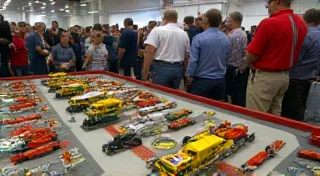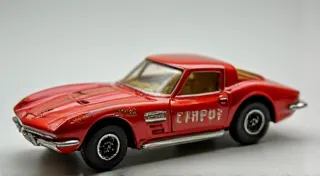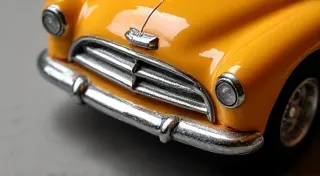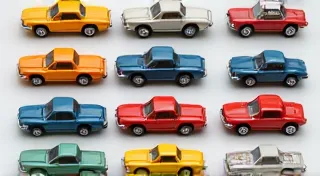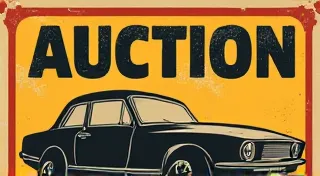The Appeal of 'Redline' Matchbox Cars
For enthusiasts of vintage Matchbox cars, the term "redline" carries significant weight. It's more than just a visual detail; it signifies a specific era of production and a heightened level of collectibility. But what exactly does “redline” refer to, and why are these cars so prized by collectors?
What is a 'Redline' Matchbox Car?
The "redline" designation refers to Matchbox cars manufactured between approximately 1969 and 2010. During this time, the tires on these models featured a distinctive red band around their circumference. This redline wasn't just for aesthetic purposes; it was originally intended as a visual indicator of the tire's diameter and a quality control feature. Early on, Lesney (the original manufacturer of Matchbox cars) used this mark to ensure the tires were consistently sized for proper fit and rolling performance. This focus on consistent production is just one facet of the rich history behind these miniature vehicles, and delving deeper into the evolution of Matchbox car wheels reveals fascinating details about their design and manufacturing processes.
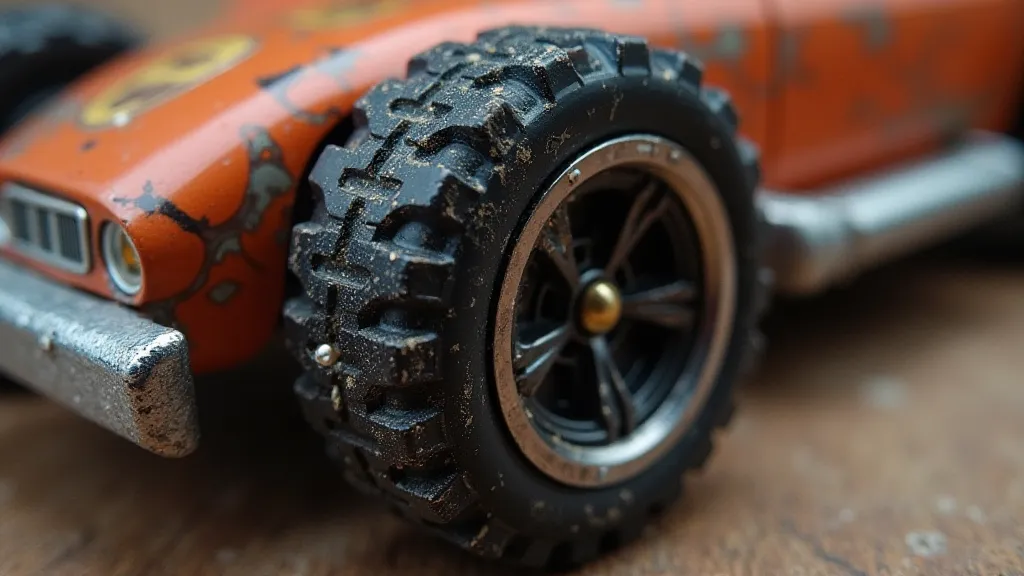
The Significance for Collectors
Over time, the redline feature transformed from a functional detail into a crucial identifier for collectors. Here’s why redline cars hold such appeal:
- Era Indicator: A redline signifies a car is from a particular and popular production window, often associated with a time of innovative design and durable construction. This period represents a high point in Matchbox car production, showcasing a commitment to both aesthetics and playability.
- Rarity and Condition: As with any collectible, rarity and condition significantly impact value. Earlier redline models, especially those in pristine condition and with original packaging, are highly sought after. The scarcity of these early models drives up their value, making them highly prized possessions for serious collectors.
- Design & Variations: The redline era saw a wide variety of models released, often with subtle variations in color, wheels, or tampo (printed) markings. These variations can add even further to a car's collectibility. Tracking these nuances requires a keen eye and a dedicated approach, much like decoding Matchbox car codes to identify specific production runs and characteristics.
- Nostalgia: For many collectors, redline Matchbox cars evoke a strong sense of nostalgia, reminding them of childhood memories and a simpler time. The tactile joy of pushing these miniature vehicles across the floor, imagining thrilling adventures, remains a powerful draw for many enthusiasts.
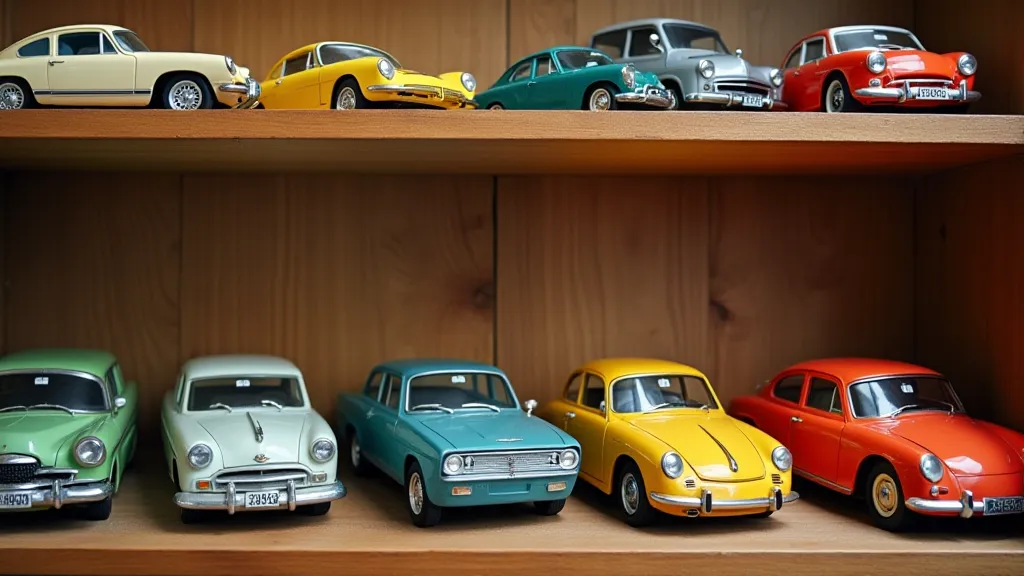
Beyond the Redline
While the redline is a key identifier, other factors contribute to a redline car's value. Original paint condition, intact windows, and the presence of the original cardboard packaging (if available) are all crucial. The cardboard packaging itself is often a crucial piece of the puzzle for serious collectors, as it provides valuable information about the car's origin and intended market. Furthermore, certain models, like the "Porsche 911" or the "Ferrari 275 GTB/4" are particularly iconic and command high prices in the collector market. The iconic status of models like the Porsche 911 is fueled by their real-world appeal and the meticulous detail captured in their miniature representations. The details that made these models so appealing in their day are what continues to draw collectors to them decades later.
The Global Appeal: European Matchbox Cars
The redline era wasn’s limited to models destined for the British market. Matchbox expanded its reach significantly, producing variations of redline models specifically for European distribution. These European Matchbox cars often feature unique colors, wheel variations, and tampo markings, making them highly desirable to collectors seeking to complete their sets or explore the global reach of the brand. Understanding these distinctions is vital for accurately assessing value and appreciating the full scope of the redline phenomenon.
Spotlight on Superkings
Within the broad category of redline cars, a special place is held by the larger-scale "Superkings" models. These oversized vehicles, introduced in the 1970s, offered a different kind of appeal, combining the redline aesthetic with increased detail and a more substantial feel. While not as numerous as the standard-sized redlines, the Spotlight on the 1970s Matchbox Superkings reveals a fascinating sub-category within the redline collecting world, offering a unique perspective on the brand’s design evolution.
Caring for Your Redline Collection
If you're building or adding to a redline Matchbox car collection, proper care is essential to preserve their value. Store the cars away from direct sunlight and extreme temperatures. Sunlight can fade the paint and weaken the plastic components, while temperature fluctuations can cause warping and cracking. Handling them carefully and avoiding rough play will help ensure they remain in excellent condition for years to come. A display case or dedicated storage box can provide a protective environment for your treasured collection, minimizing the risks associated with environmental exposure.
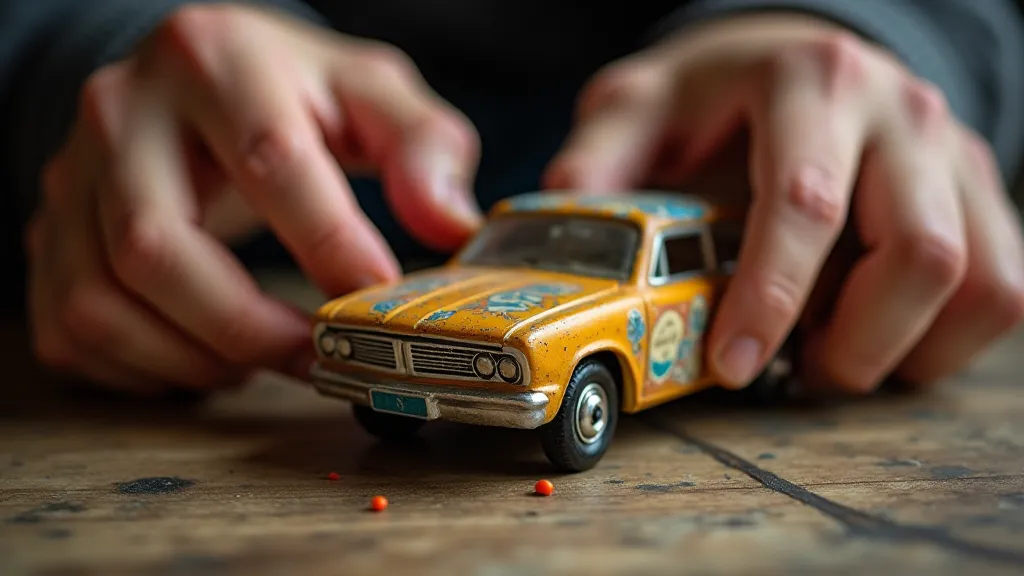
Detailed Analysis: Variations and Rarity
The redline era wasn't a monolithic period; it encompassed a complex web of production runs, color variations, and wheel changes. Certain models are known to have multiple iterations, each with subtle but significant differences that impact their rarity and value. For example, the "Ferrari 275 GTB/4" exists in several variations, including models with different tampo markings, interior colors, and wheel types. Identifying these variations requires specialized knowledge and a keen eye for detail. Resources like online forums and collector communities are invaluable for gaining a deeper understanding of these nuances. The quest to identify and catalog these variations is an ongoing project for dedicated collectors.
Conclusion
The redline designation on Matchbox cars represents more than just a line of red paint. It signifies a specific period of quality and design, and represents a valued part of car collecting history. Whether you're a seasoned collector or just starting out, understanding the significance of redlines is key to appreciating the enduring appeal of these iconic toy cars. The combination of nostalgic charm, historical significance, and the thrill of the hunt make redline Matchbox cars a captivating and rewarding collectible, offering a window into a bygone era of toy manufacturing and childhood imagination.
